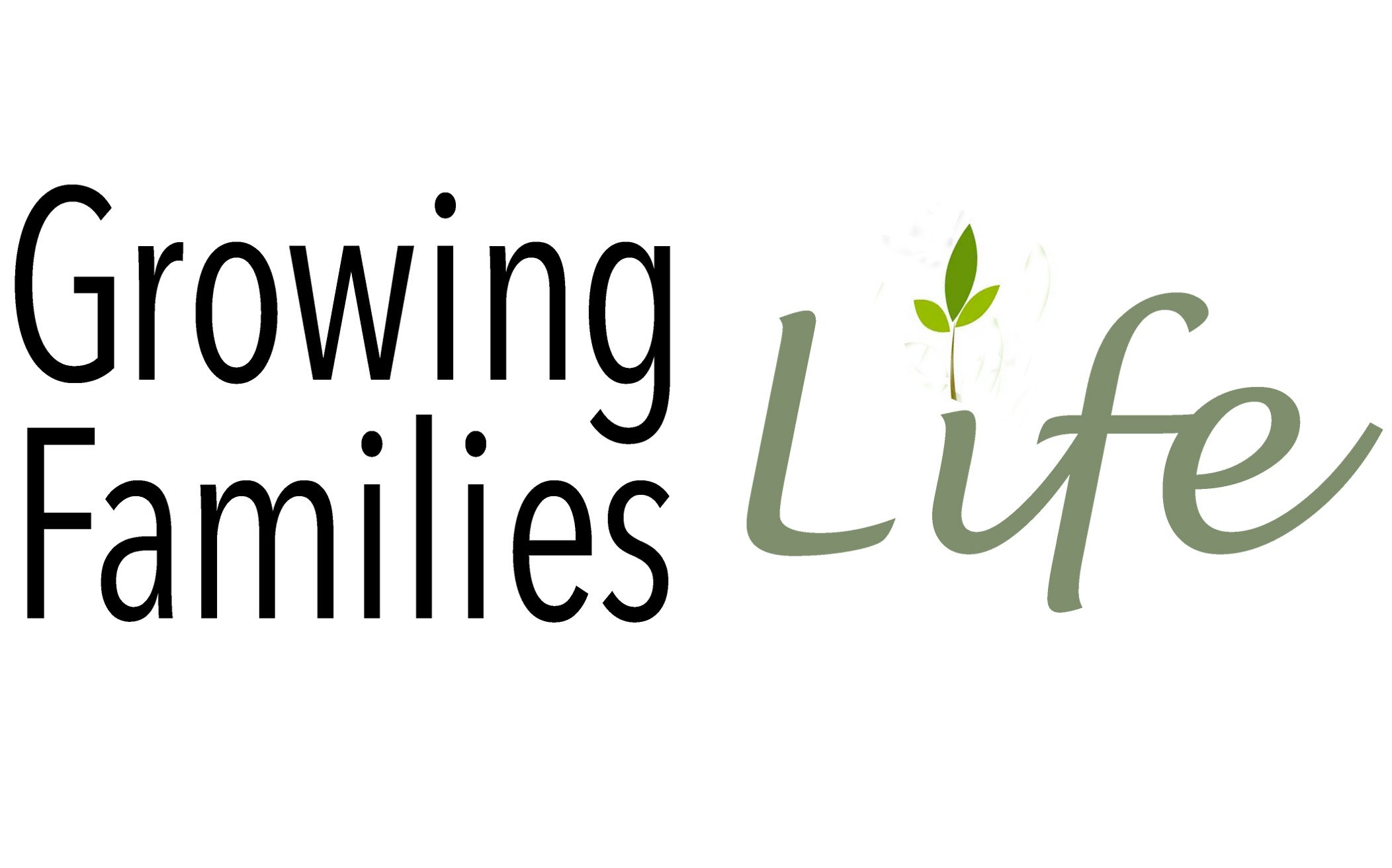Life in the Middle Years - Overview
Summary
8-12 Years
The middle-years is one of the most amazing phases of childhood and unsuspicious time for parents. It is a season in which that son or daughter in your home is too old to be called a child, but too young to be labelled an adolescent. From a growth and developmental standpoint, the middle years is a period in which children begin the long process of metamorphosis—moving away from childhood dependencies, associations, and interests, and moving toward a self-reliance directed more and more by the beliefs and values of their home life.
One of the subtle challenges of middle-years parenting (comparatively speaking) is the deceptive appearance of calm. For most parents, having just come out of the busy training years associated with early childhood, and having not yet stepped into the fast-paced adolescence phase, the middle years almost seem like a rest stop. However, such appearances are deceiving. We equate the middle childhood years with the flow of a deep water stream. The surface will often look calm, but lying just below the calm is unharnessed energy waiting to be released. It is the smooth and calm of the water’s surface that can cause parents to accept the middle-years as a seemingly uneventful period of time in the journey of childhood—a time when Mum and Dad can relax and put things on cruise control. However, that would be a mistake! It is the energy of the unseen, lying just below the surface, which parents must be mindful of. Life in the Middle Years brings the needed knowledge and understanding that can help any parent make wise training decisions.
Session 1: This visit explains the nine major middle-years transitions including:
Transitioning away from Childhood Structures
Transitioning to Getting the Facts Right
Transitioning from Assumed Trust to a Reasoned Trust
Transitioning to Peer Influence
Transitioning from Imagination to Reason
Transitioning to Adoptive Emotions
Transitioning to Hormone-Activated Bodies
Transitioning from being Reminded to being Responsible
Transitioning from Authority to Influence
This session also teaches the steps to teach children how to appeal to authority.
Session 2: Perhaps you have heard the old saying: “You are what you eat.” This session builds on a slightly different premise: “You are what you think.” Today we know with certainty that what you put into your mind affects the chemistry of your brain; and, as parents, what you put into your children’s mind affects the chemistry and construction of their brain, which will shape their thought-life and emotional responses for life. Session Two explains the neuro-science behind speaking words or life and death to middle-years children.
Session 3: The middle-years period is a time when a child moves from an awakening to a full awareness of the significance of the group’s opinion. That is what brings about age-related peer pressure. The child from a distance wants to know, “What does the group think?” Now, your son or daughter wants to know, “What does the group think of me?” Session Three takes up the influence of peers and the power of family identity, and factors that influence both.
Session 4: Here we take up the training to educating transition. One major variable influencing the training of children is the child’s capacity to absorb a lesson and understand its purpose. This is usually tied to age. In the middle-years parents must begin transitioning from training outward behaviour to educating the child with knowledge that leads to understanding and wise decision-making. Learning to educate a child through correction takes up the first half of Session Four. The second half looks at the preventative side of correction. There are many excellent methods of correction available to parents; but ultimately, the best form of parental correction is prevention, which requires plenty of parental interaction. In this section we take up a number of practical things parents can do to help encourage behaviour that needs no correction.
Session 5: This session covers effective communication, how to get middle-years children ready for the many “what if?” moments that will soon invade their moral world, and a comprehensive discussion on parenting in the digital age. Included here is how to introduce technology to children, establish workable and safe boundaries, and how to keep children safe in a very aggressive cyber world. This section also includes the middle-years topic pool. Here, parents learn how to effectively deal with “poor attitudes,” how to manage early affections from the opposite gender, and most importantly, how to prepare a son or daughter for the physical changes that come during the middle-years, without giving too much or too little information, but enough to keep them safe and prepared.

